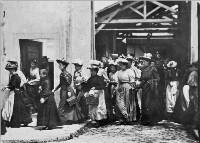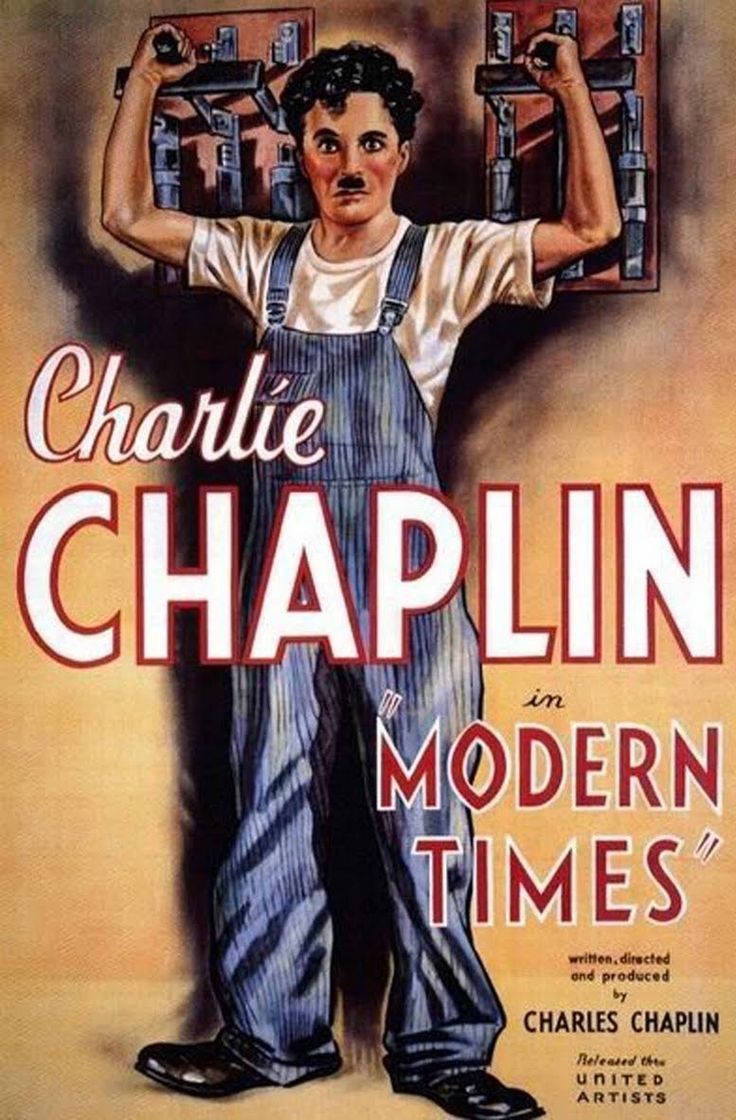|
Laborer's Love (1922)
''Laborer's Love'' ( zh, c=劳工之爱情, p=láogōng zhī àiqíng) is a classic silent comedy short film produced in China during the Republic of China (1912–1949), Republican Era, which officially premiered on October 5, 1922 at the Olympic Theater in Shanghai. It is also known as ''Romance of a Fruit Peddler'' or ''Romance of a Fruit Pedlar'' ( zh, c=掷果缘, p=zhì guǒ yuán). Even though filmmaking in China began in the 1890s, ''Laborer's Love'' is the earliest complete film from China's early cinematic history that is available today. The film was also one of the earliest productions of the soon-to-be prolific Mingxing Film Company and was directed and written by Mingxing co-founders Zhang Shichuan and Zheng Zhengqiu. Notably, the film has both Chinese and English intertitles, indicating that at this early point in Shanghai cinema history, films were tailored to both Chinese and Western audiences. In addition to the English intertitle cards, the short film further ... [...More Info...] [...Related Items...] OR: [Wikipedia] [Google] [Baidu] |
Zhang Shichuan
Zhang Shichuan (; 1889–1953 or 1890–1954), also credited as S. C. Chang, was a Chinese entrepreneur, film director, and film producer, who is considered a founding father of Chinese cinema. He and Zheng Zhengqiu made the first Chinese feature film, '' The Difficult Couple'', in 1913, and cofounded the Mingxing (Star) Film Company in 1922, which became the largest film production company in China under Zhang's leadership. Zhang directed about 150 films in his career, including '' Laborer's Love'' (1922), the earliest complete Chinese film that has survived; '' Orphan Rescues Grandfather'' (1923), one of the first Chinese box-office hits; '' The Burning of the Red Lotus Temple'' (1928), the first martial arts film; and '' Sing-Song Girl Red Peony'' (1931), China's first sound film. After the destruction of Mingxing's studio by Japanese bombing during the 1937 Battle of Shanghai, Zhang Shichuan made films for the China United Film Production Company (Zhonglian) in Japanese-o ... [...More Info...] [...Related Items...] OR: [Wikipedia] [Google] [Baidu] |
Actuality Film
Actuality film is a non-fiction film genre that uses footage of real events, places, and things (essentially B-roll), a predecessor to documentary film. Unlike documentaries, actuality films are not structured into a larger narrative or coherent whole. During the era of early cinema, actualities—usually lasting no more than a minute or two and usually assembled together into a program by an exhibitor—were just as popular and prominent as their fictional counterparts. The line between "fact" and "fiction" was not as prominent in early cinema as it would become once documentaries became the predominant non-fiction filmmaking form. Actuality as a film genre is related to still photography. Although actuality films largely ceased production around 1908, the term "actuality footage" is sometimes used in documentary production to refer to the raw footage. Beginnings The first actuality films date to the inception of projected cinema. The Lumière Brothers, in France, were the p ... [...More Info...] [...Related Items...] OR: [Wikipedia] [Google] [Baidu] |
Comedy Film
The comedy film is a film genre that emphasizes humor. These films are designed to amuse audiences and make them laugh. Films in this genre typically have a happy ending, with dark comedy being an exception to this rule. Comedy is one of the oldest genres in film, and it is derived from classical comedy in theatre. Some of the earliest silent films were slapstick comedies, which often relied on visual depictions, such as sight gags and pratfalls, so they could be enjoyed without requiring sound. To provide drama and excitement to silent movies, live music was played in sync with the action on the screen, on pianos, organs, and other instruments. When sound films became more prevalent during the 1920s, comedy films grew in popularity, as laughter could result from both burlesque situations but also from humorous dialogue. Comedy, compared with other film genres, places more focus on individual star actors, with many former stand-up comics transitioning to the film industry ... [...More Info...] [...Related Items...] OR: [Wikipedia] [Google] [Baidu] |
Romance Film
Romance films involve romantic love stories recorded in visual media for broadcast in theatres or on television that focus on passion (emotion), passion, emotion, and the affectionate romantic involvement of the main characters. Typically their journey through dating, courtship or marriage, marriage is featured. These films focus on the search for romantic love as the main plot focus. Occasionally, romance lovers face obstacles such as finances, physical illness, various forms of discrimination, psychological restraints, or family resistance. As in all quite strong, deep, and close romantic relationships, the tensions of day-to-day life, temptations (of infidelity), and differences in compatibility enter into the plots of romantic films. Romantic films often explore the essential themes of love at first sight, young and mature love, unrequited love, obsession, sentimental love, Spirituality, spiritual love, forbidden love, platonic love, sexual and passionate love, sacrificial ... [...More Info...] [...Related Items...] OR: [Wikipedia] [Google] [Baidu] |
Genre
Genre () is any style or form of communication in any mode (written, spoken, digital, artistic, etc.) with socially agreed-upon conventions developed over time. In popular usage, it normally describes a category of literature, music, or other forms of art or entertainment, based on some set of stylistic criteria, as in literary genres, film genres, music genres, comics genres, etc. Often, works fit into multiple genres by way of borrowing and recombining these conventions. Stand-alone texts, works, or pieces of communication may have individual styles, but genres are amalgams of these texts based on agreed-upon or socially inferred conventions. Some genres may have rigid, strictly adhered-to guidelines, while others may show great flexibility. The proper use of a specific genre is important for a successful transfer of information ( media-adequacy). Critical discussion of genre perhaps began with a classification system for ancient Greek literature, as set out in Aristotle' ... [...More Info...] [...Related Items...] OR: [Wikipedia] [Google] [Baidu] |
Short Film
A short film is a film with a low running time. The Academy of Motion Picture Arts and Sciences (AMPAS) defines a short film as "an original motion picture that has a running time of not more than 40 minutes including all credits". Other film organizations may use different definitions, however; the Academy of Canadian Cinema and Television, for example, currently defines a short film as 45 minutes or less in the case of documentaries, and 59 minutes or less in the case of scripted narrative films (it is not made clear whether this includes closing credits). In the United States, short films were generally termed short subjects from the 1920s into the 1970s when confined to two 35 mm reels or less, and featurettes for a film of three or four reels. "Short" was an abbreviation for either term. The increasingly rare industry term "short subject" carries more of an assumption that the film is shown as part of a presentation along with a feature film. Short films are often s ... [...More Info...] [...Related Items...] OR: [Wikipedia] [Google] [Baidu] |
Black And White
Black-and-white (B&W or B/W) images combine black and white to produce a range of achromatic brightnesses of grey. It is also known as greyscale in technical settings. Media The history of various visual media began with black and white, and as technology improved, altered to color. However, there are exceptions to this rule, including black-and-white fine art photography, as well as many film motion pictures and art film(s). Early photographs in the late 19th and early to mid 20th centuries were often developed in black and white, as an alternative to sepia due to limitations in film available at the time. Black and white was also prevalent in early television broadcasts, which were displayed by changing the intensity of monochrome phosphurs on the inside of the screen, before the introduction of colour from the 1950s onwards. Black and white continues to be used in certain sections of the modern arts field, either stylistically or to invoke the perception of a hi ... [...More Info...] [...Related Items...] OR: [Wikipedia] [Google] [Baidu] |
Civilized Drama
Civilized drama () was a genre of spoken-word and operatic drama that emerged in the late Qing dynasty and remained popular through the early years of the Republic of China (1912–1949), Republic of China. Drawing from traditional forms of theatre and, through ''shinpa'', Western dramatical conventions, the genre emerged in the early 1910s as part of a broader push towards modernization. Major troupes, mostly established by Chinese dramatists who had studied in Japan, were established in Shanghai and found success. The genre peaked in 1917, and fell into disfavour by the mid-1920s. Conventionally, civilized dramas drew from traditional theatrical forms by emphasizing improvisation over detailed scripts and, at first, relying solely on male performers. At the same time, they introduced unprecedented levels of Realism (theatre), realism through detailed set pieces and special effects. Stories were diverse, and included original compositions as well as adaptations of foreign tales. ... [...More Info...] [...Related Items...] OR: [Wikipedia] [Google] [Baidu] |
The Haunted House (1921 Film)
''The Haunted House'' is a 1921 American two-reel silent comedy film starring Buster Keaton. It was written and directed by Keaton and Edward F. Cline. The film has a runtime of 21 minutes. Plot Keaton plays a teller at a successful bank. Unbeknownst to him, the manager of the bank and his gang are planning on pulling off a robbery and hiding in an old house that they have rigged up with booby traps and effects to make it appear to be haunted. After a mishap that afternoon with Keaton getting glue all over the money and himself, he almost thwarts the gang's robbery, but when the owner of the bank walks in and sees Keaton armed with a gun, he assumes it was he who tried to rob it. Keaton flees and takes refuge in the old house; however, a troupe of actors from a theatre production are also in the house and are clad in their scary costumes (ghosts, skeletons, etc.), leading Keaton and the gang of robbers to believe the house actually is haunted. After Keaton has many encounte ... [...More Info...] [...Related Items...] OR: [Wikipedia] [Google] [Baidu] |
Shanghai Cinema, 1896–1937
Shanghai, Shanghainese: , Standard Chinese pronunciation: is a direct-administered municipality and the most populous urban area in China. The city is located on the Chinese shoreline on the southern estuary of the Yangtze River, with the Huangpu River flowing through it. The population of the city proper is the second largest in the world after Chongqing, with around 24.87 million inhabitants in 2023, while the urban area is the most populous in China, with 29.87 million residents. As of 2022, the Greater Shanghai metropolitan area was estimated to produce a gross metropolitan product (nominal) of nearly 13 trillion RMB ($1.9 trillion). Shanghai is one of the world's major centers for finance, business and economics, research, science and technology, manufacturing, transportation, tourism, and culture. The Port of Shanghai is the world's busiest container port. Originally a fishing village and market town, Shanghai grew to global prominence in the 19th century due to ... [...More Info...] [...Related Items...] OR: [Wikipedia] [Google] [Baidu] |





